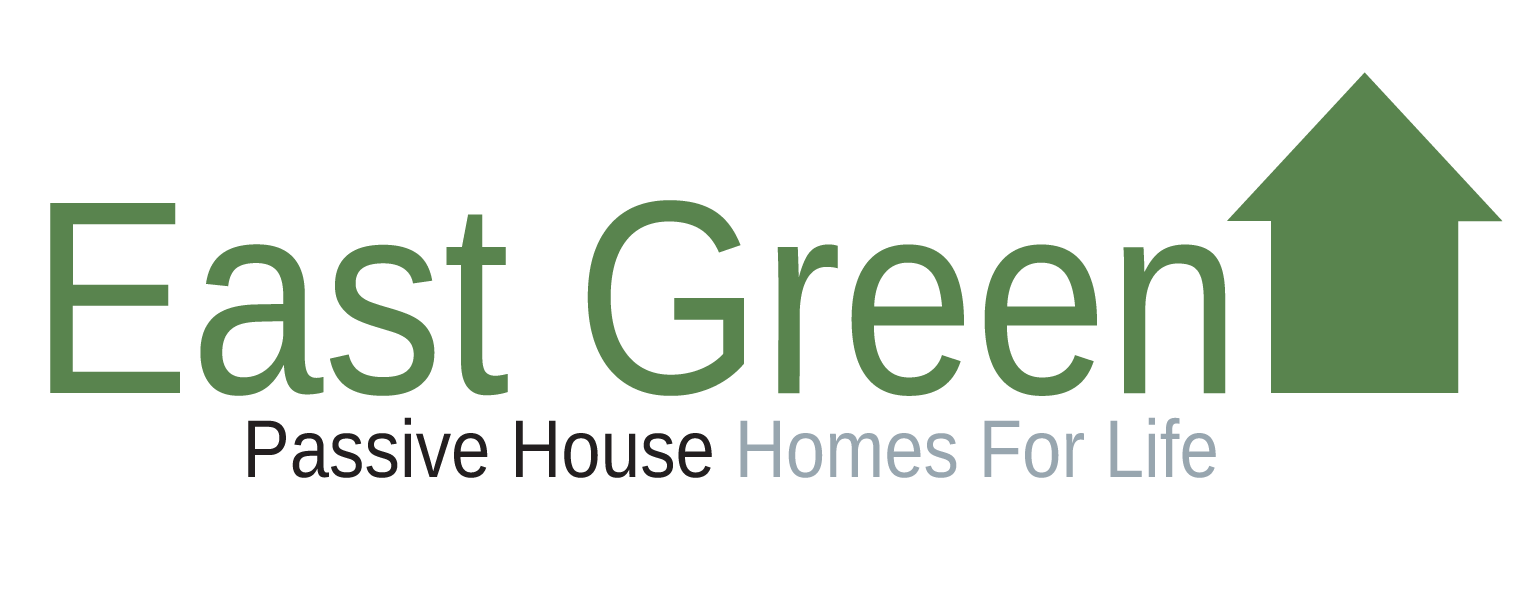Why Passive House
Between 80 and 90% of our life is typically spent inside buildings. Their design, systems, materials and operations directly affect our health, wellbeing and productivity
Buildings and Homes are a significant culprit of carbon emissions – accounting for approximately 35% of total global energy consumption
Passive House benefits include:
Climate Change / Emergency
Decarbonisation is a critical part of our journey to Net Zero.
The objective of sustainable development can be summarised as meeting the needs of the present without compromising the ability of future generations to meet their own needs.
Members of the United Nations – including the United Kingdom – have agreed to pursue the 17 Global Goals for Sustainable Development in the period to 2030.
Passive House enables the levels of demand reduction that we will need to achieve Net Zero by:
- Lower carbon emissions
- Lowers peak demand
- Lowers the requirement for renewables
- More economical to save energy than to generate it
- Best chance of achieving Net Zero in buildings
- Enables decarbonisation within increasing fuel bills
- Robust in the face of long-term climate change
- Lower cooling requirement in a future warmer climate
Health and Wellbeing
The improved living and working environments offered by Passive House is achieved by:
- Eliminating cold homes and associated health impacts
- Guarantees good levels of ventilation
- Reduces internal pollutants
- Eliminates condensation and mould
- Improves quality of life for people with chronic illness or disabilities
- Protects against external air pollutants
- Reduces the rate of airborne infection
- Reduces asthma
- External noise reduced
- Reduces the risk of building becoming too hot in summer
- Improves people’s health
Building Performance
What Passive House achieves in terms of a homes energy demand, performance gap, comfort and quality:
- Low energy demand
- Reduces performance gap
- High levels of comfort
- Effective and healthy ventilation
- Higher performance building components
- Higher construction quality
- Lower risk of building fabric damage
- Resilient and future-proofed buildings
Financial
Affordable to run, Passive House also offers reduced fuel poverty and lower maintenance costs:
- Lower energy bills
- Reduces fuel poverty
- Lower maintenance costs
- Access cheaper electricity tariffs
- Lower whole life costs
- Higher Capital Value at least 5 – 7% increase
- Green mortgages – lower borrowing costs
Passive House
buildings optimised for a decarbonised grid and augmented for occupational health and wellbeing.
Passive House buildings and homes provide a high level of occupant comfort using very little energy for heating and cooling.
Passive House adopts a whole-house approach with clear, measured targets, focused on high-quality construction, certified through an exacting quality assurance process.
EnerPHit is a slightly reduced standard for retrofit homes and buildings, where the existing architecture mean that meeting the Passive House standard is not possible.
Passive House and EnerPHit is a clear statement of intent for transition to Net Zero
Performance Targets
| Passive House | EnerPHit (Retrofit) | |
|
Primary energy demand |
≤ 120kWh/m2. yr |
≤ 120 kWh/m2. yr + heat load factor |
|
Space heating demand |
≤ 15 kWh/m2. yr |
≤ 25 kWh/m2. yr |
|
Space cooling demand |
≤ 15 kWh/m2. yr |
≤ 25 kWh/m2. yr |
|
Specific cooling load |
≤ 10 W/m2 |
≤ 10 W/m2 |
|
Airtightness |
≤ 0.6 air changes/hr @ n50 |
≤ 1.0 air changes/hr @ n50 |
East Green Homes ECO Friendly Passive House
Built with Care,
Built with Purpose,
Built for Life
